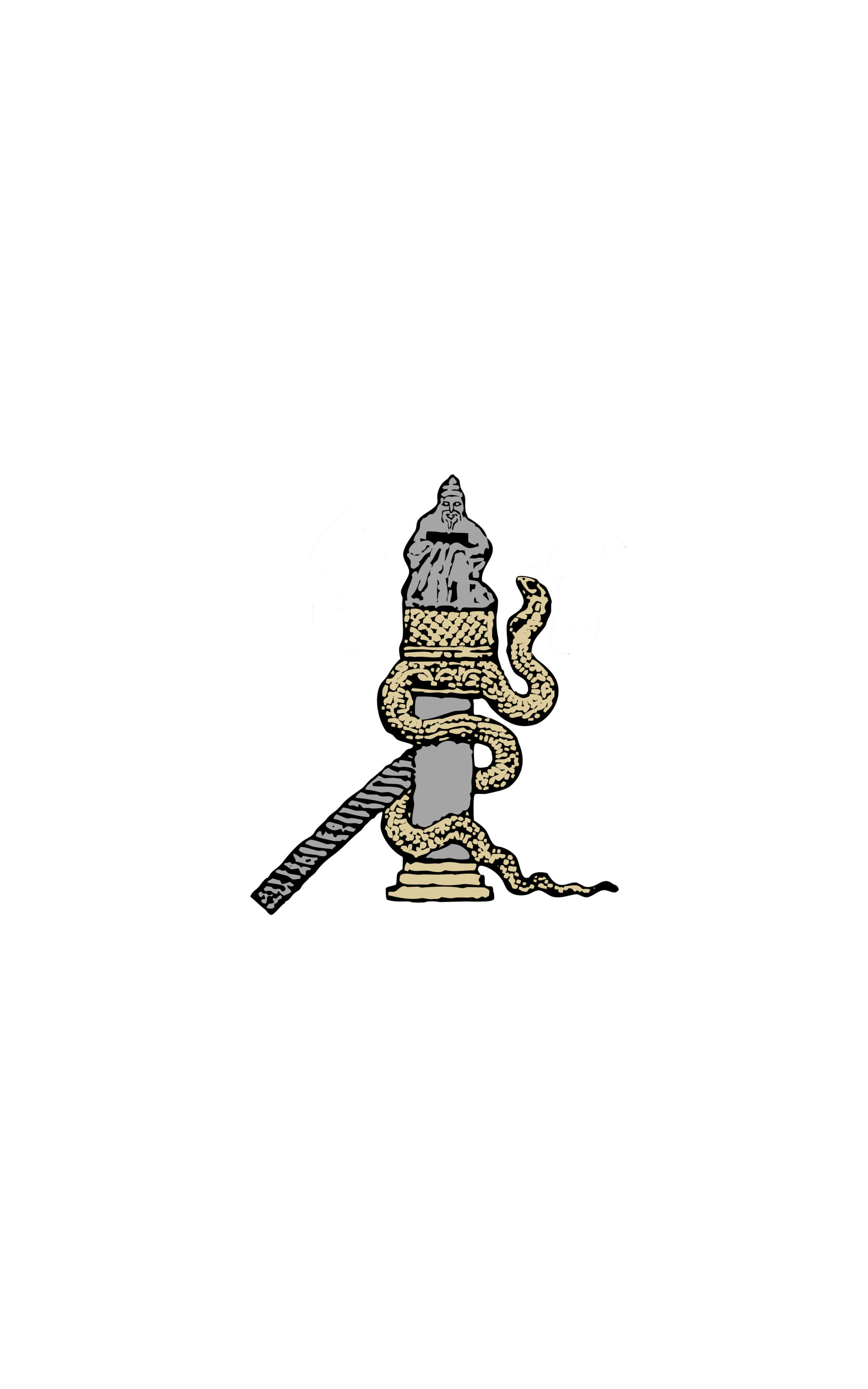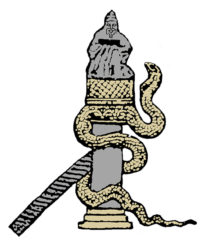Call for papers: late antique hagiography as literature
Colloquium at the University of Edinburgh, 20th-21st May 2015
Texts about ‘holy’ women and men grew to be a defining feature of the culture of Late Antiquity. There is currently an increasing interest among scholars from different disciplines (history, theology, languages, and literature) in these hagiographical writings. But more can be done to find ways to systematise our understanding of the literary affiliations, strategies and goals of these extraordinarily varied texts, which range from the prosaic and anonymous narrations of the martyr passions to the Classicising poems of Paulinus of Nola and the rhetorically accomplished sermons of John Chrysostom.
This colloquium is designed to bring together students and scholars working on a range of aspects of literary hagiography, to share insights, and to consider approaches for the future. We hope to situate late antique biographical production in relation to Classical literary sensibilities, as well as considering non-classical influences, and thus to identify areas of continuity and gradual development as well as areas of abrupt change in the form and function of such literature. While our emphasis is deliberately literary, historical and theological questions which feed into the significance of these works should not be ignored.
We understand ‘hagiography’ in the non-technical sense of ‘writings about (the lives of) saints’. The concept of ‘saints’, likewise, is here taken in a broad way to mean remarkable and exemplary Christian figures (whether real or fictional); the field is not restricted to those who at some point were officially canonised by the Church. This colloquium is seeking to explore issues like the following:
* The definition of sainthood, e.g. through comparisons with texts about non-Christian saint-like figures (the ‘pagan martyrs’, Apollonius of Tyana).
* The portrayal of a saint in different texts; how are saints portrayed in their own writings compared to those of other authors about them?
* Characterisation, e.g. individuality and stereotyping: to what extent can a reader empathise or identify with a saint?
* Life imitating hagiography and resulting problems.
* What can hagiography tell us about non-elite ‘popular’ literary culture?
* How have different genres given shape to hagiographical texts (from Damasus’ epigrams to the epic poems of Fortunatus and Paulinus of Périgeux), as well as texts resisting generic categorisation? E.g. is the so called Life of Malchus a vita or a diegesis?
* Intertextuality as an aesthetic and ideological strategy.
* The emergence of stable hagiographical conventions, whose influence grew so powerful that it is often difficult to distinguish one saint from another.
* What, if anything, can hagiography learn from panegyric?
* Literary approaches to un-saintly behaviour (trickery, committing suicide, etc.) of saints.
* To what extent does a text’s rhetorical purpose undermine the author’s credibility as an honest record-keeper?
* Assessing the historicity of hagiographical texts.
* Transmission and textual problems of hagiographical texts.
* Reception and changes in the perception of authority (e.g. saints who wrote about saints, such as John Chrysostom and Augustine).
Proposals for 25-minute papers, in the form of abstracts between 200 and 400 words in length, should be submitted to Thomas Tsartsidis (T.Tsartsidis@sms.ed.ac.uk) or Christa Gray (christa.gray@gla.ac.uk) by 15th January 2015.
Postgraduate students are particularly encouraged to contribute to this event.


